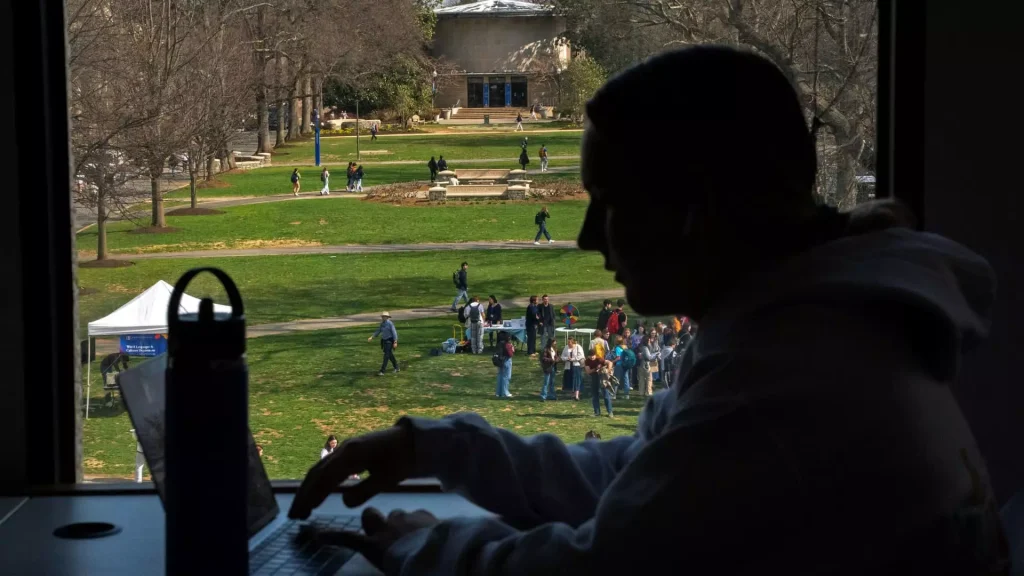As the clock winds down towards the end of 2024, student loan borrowers are on the brink of a financial crisis that could drastically affect their credit scores in 2025. The Federal Reserve Bank of New York has estimated that over 9 million borrowers could find themselves slipping into delinquency shortly after payment collection resumes. This issue is more than just a temporary setback; it could lead to scarring financial consequences that may haunt individuals for years to come.

The severity of this situation is underscored by predictions suggesting credit scores for some borrowers could plunge by as much as 171 points. For those individuals with higher initial scores, the fall will be particularly damaging. On the contrary, while borrowers with lower scores—those below 620—might see their scores drop by an average of around 87 points, this does little to shield them from the overarching truth: once delinquency hits, the negative impact can last for a full seven years on credit reports. It’s astounding how something that may seem like merely a missed payment can reverberate throughout an individual’s financial history.
The Extended Impact of the Pandemic Pause
The situation is exacerbated by the years of reprieve borrowers experienced during the pandemic. Federal student loan payments were put on hold, giving many borrowers a false sense of security regarding their financial stability. With the official expiration of this relief on September 30, 2024, there’s a looming reality check waiting for those who have not prepared for this transition.
What was once an unnerving but manageable monthly responsibility could soon become a source of long-term financial distress for millions. Doug Boneparth, a seasoned financial planner, poignantly notes that “this credit score penalty restricts their access to affordable financing.” The ramifications of falling scores stretch far beyond merely lending; they can lock individuals into a cycle of higher borrowing costs and limit economic mobility.
Strategies for Regaining Control Over Borrower Finances
Faced with such potential pitfalls, what options exist for borrowers looking to preserve their credit standing? Consumer advocates urge individuals to seek financial solutions proactively. One of the most effective strategies is finding a manageable repayment plan. The federal government has provided avenues through income-driven repayment plans that can cap monthly bills based on discretionary income, sometimes even reducing certain payments to as low as zero. This is particularly crucial for those feeling financially unstable as it can help mitigate the risk of falling behind.
In addition to adjustable repayment plans, borrowers may explore deferments and forbearances. These options temporarily halt payments, preventing the borrower from being marked as late, even if the credit report reflects unpaid loans. Such measures act as lifelines, allowing borrowers the necessary breathing space to regain their footing.
Additionally, if borrowers find themselves already in default, engaging in debt rehabilitation or consolidation may be their path to redemption. Rehabilitation requires making a series of reasonable monthly payments, while consolidation can package existing debt into manageable loans. These actions not only offer a legal route out of difficult situations but also contribute positively to the individual’s credit trajectory if undertaken properly.
Monitoring Your Path to Recovery
Being proactive extends beyond merely reworking payment strategies; it also involves diligent credit monitoring. Consumers can access their credit reports for free at AnnualCreditReport.com, allowing them to ensure that their records accurately reflect their financial behavior. Regular oversight of credit reports can expose any discrepancies and help maintain an accurate understanding of one’s financial health.

In today’s landscape, where financial literacy is paramount, borrowers owe it to themselves to remain informed and proactive. While the federally mandated pause on student loan repayments may have offered some temporary relief, the impending return to payment schedules heralds a new chapter rife with potential hardships for millions. Understanding the tools at one’s disposal and the far-reaching impacts of credit scores is not merely advantageous; it is essential for eventual financial stability.

